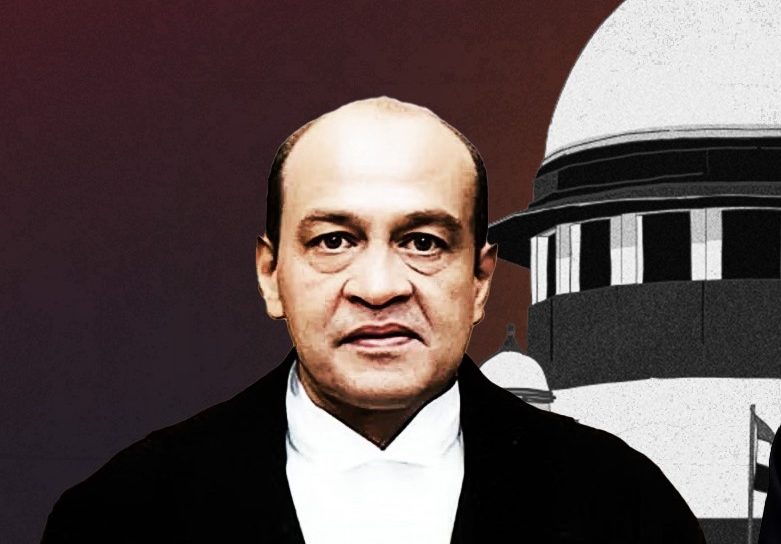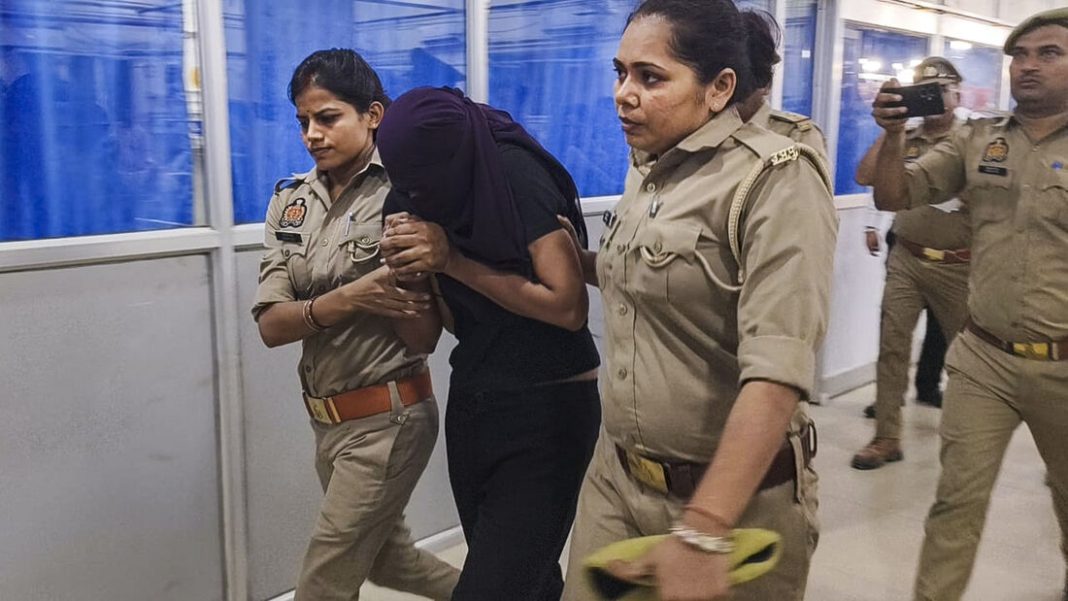
New Delhi, June 19: High court judge Yashwant Varma has denied before the SC-appointed inquiry panel his involvement in the discovery of huge cache of burnt currency notes from a storeroom in his official residence when he presided the Delhi High Court.

A fire broke out at the judge’s official bungalow at 30 Tughlak Crescent on the night of March 14, leading the cash discovery.
A three-judge panel, entrusted to investigate the peculiar incident, concluded that Justice Varma and his family members had “covert or active control” over the storeroom, proving his misconduct, serious enough to seek his removal.
The panel framed key questions for the judge to answer.
He was asked to account for the presence of money, explain the source of money and reveal the person who removed the burnt cash from the store room on March 15 morning.
Justice Varma said the storeroom in question was not part of his living quarters, but a disused storage space routinely accessed by staffers, among others.
“Justice Varma, in his explanation before us, has relied upon the fact that the entrance of the storeroom was constantly monitored by CCTV cameras and was under control of security personnel, and it was highly improbable that the cash was kept in the storeroom,” the panel said, referring Varma’s response.
According to the judge, the room was utilised to store miscellaneous items including unused furniture, bottles, carpets, and public works department materials, and was accessible from both the front and rear entrances of the property-making it susceptible to access by outsiders.
Justice Varma said it was not his fault that the cameras were not working and questioned the manner in which the CCTV hardware was retrieved.
The panel said it was always open to Justice Varma to have got the data preserved, analysed and scrutinised before the committee ordered the sealing.
The panel, however, rejected his stand, finding no plausible defence.
Justice Varma further pointed to his absence in Delhi at the time of the fire and only his daughter and elderly mother being present in the official residence.
He said the fire was reported by his daughter and his private secretary, and the site was later inspected by family and staffers once fire personnel departed.
According to his statement, no one from his household saw or was shown any sacks of cash either during or after the incident.
The judge called it implausible for anyone to store currency in a room so openly accessible and physically separated from the main house.
He reiterated neither he nor his family placed or stored any cash in that location, and no cash was recovered in their presence or seized from the premises.
Justice Varma’s defence further leaned on the claim that the CCTV footage of the entrance to the storeroom, which could have aided his case, was rendered inaccessible.
He maintained the camera hardware was functional before the fire and questioned the process followed in retrieving and sealing the devices.
He said preserving the footage might have substantiated his claim that the area was vulnerable to external access and possibly subject to planting of evidence.

The committee headed by Chief Justice Sheel Nagu of the Punjab and Haryana High Court and comprising Chief Justice G S Sandhawalia of Himachal Pradesh High Court, and Justice Anu Sivaraman of Karnataka High Court rejected the defence and opined that Justice Varma had ample time to secure or scrutinise the CCTV data before it was sealed. (PTI)





